Countries that have had less than 5 Heads of State
![King Mswati III, Swaziland. [cgtn]](https://image.api.sportal365.com/process/smp-images-production/pulselive.co.ke/16082024/df94d339-b73b-4804-9fa8-4b73688fca08?operations=autocrop(700:467))
While Kenya has seen five presidents take the oath of office, political transitions are far rarer in other parts of the world.
For some nations, the list of former leaders is exceptionally short, often due to decades of singular rule, hereditary monarchies, or relatively recent independence.
Here are the countries that have had fewer than five Heads of State since their independence or the establishment of their modern republic, along with the reasons behind their political stasis.
South Sudan (1 Head of State)
Since gaining independence from Sudan on July 9, 2011, South Sudan has known only one president: Salva Kiir Mayardit.
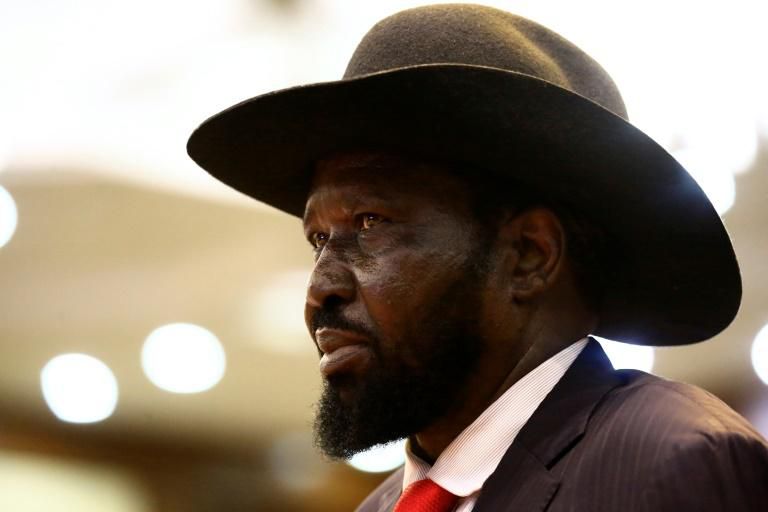
As the world’s youngest sovereign nation, its short history is the primary reason for this.
However, the country’s leadership has also been frozen by prolonged internal conflict.
Following the 2013 outbreak of civil war, scheduled elections were repeatedly postponed to maintain a fragile peace process, leaving Kiir in power for over a decade without a democratic transition.
Eritrea (1 Head of State)
Eritrea officially gained independence on May 24, 1993, after a brutal thirty-year war with Ethiopia.

The leader of that liberation struggle, Isaias Afwerki, became the first president and has remained the only president to date.
The reason for this singular rule is the country's strict one-party system.
The People's Front for Democracy and Justice (PFDJ) is the sole legal political entity, and the government has never held a national presidential election, citing national security threats and border conflicts as justification for the suspension of democratic processes.
Brunei (1 Head of State)
The Sultanate of Brunei provides a different context for singular leadership: absolute monarchy.
Sultan Hassanal Bolkiah has been the Head of State since the country gained full independence from the United Kingdom on January 1, 1984.
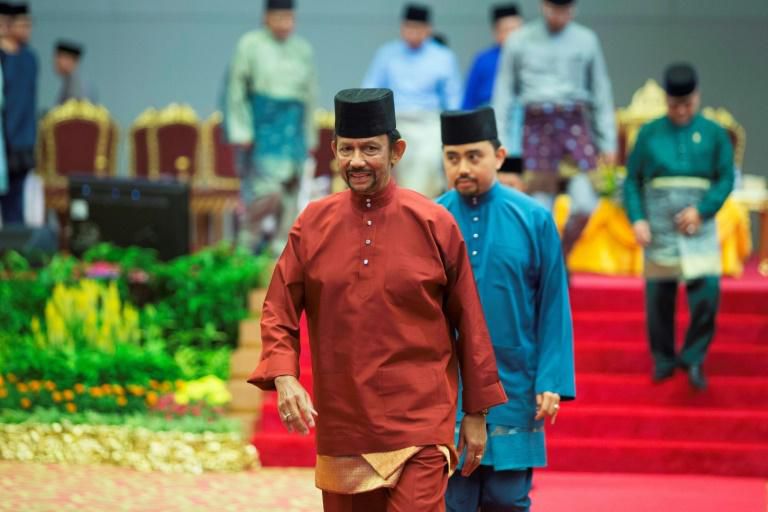
Having ascended to the throne in 1967, his reign predates the nation's sovereignty.
In this oil-rich state, the Sultan holds full executive authority, serving as Prime Minister, Minister of Defence, and Minister of Finance, with no constitutional requirement for elections.
Cameroon (2 Heads of State)
Since its independence on January 1, 1960, Cameroon has had only two presidents.
)
Ahmadou Ahidjo led the country until his resignation in 1982, handing power to his Prime Minister, Paul Biya.
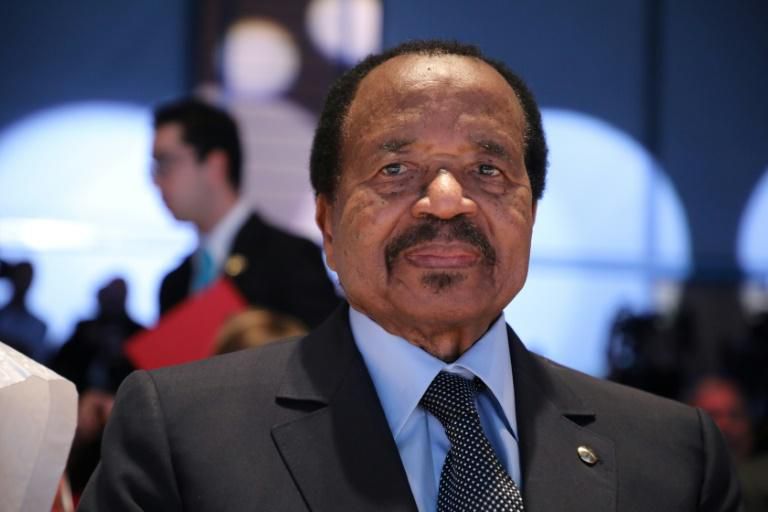
Biya has ruled ever since, making him one of the world's longest-serving non-royal leaders.
The longevity of his tenure is largely attributed to the removal of term limits in 2008, which allowed him to run for re-election indefinitely.
His mastery of the administrative machinery and a fragmented opposition have further cemented his four-decade grip on power.
Equatorial Guinea (2 Heads of State)
This small, oil-wealthy nation has been ruled by two men from the same family since its independence from Spain on October 12, 1968.
The first president, Francisco Macías Nguema, established a brutal dictatorship that lasted until 1979.
)
He was overthrown in a coup by his nephew, Teodoro Obiang Nguema Mbasogo.
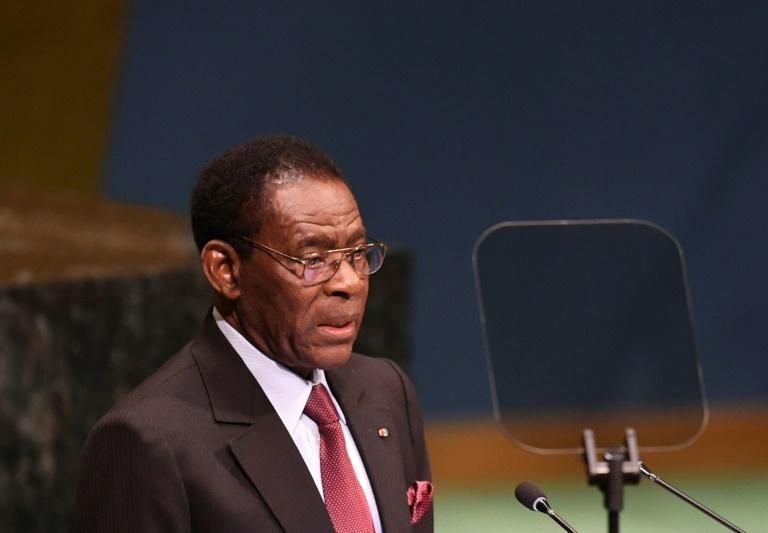
Obiang has ruled ever since, holding the record for the longest-serving president in the world.
The lack of leadership turnover here is a result of a tightly controlled security apparatus and the consolidation of economic power within the ruling family.
Djibouti (2 Heads of State)
Strategic stability defines the leadership of Djibouti.
Since independence on June 27, 1977, the country has had just two presidents: Hassan Gouled Aptidon and his nephew, Ismail Omar Guelleh.
)
Aptidon ruled until 1999 before stepping down.
His handpicked successor, Guelleh, has won every election since.
)
The ruling party, the People's Rally for Progress (RPP), dominates the political landscape, and constitutional changes in 2010 removed term limits, allowing Guelleh to extend his presidency.
Eswatini (2 Heads of State)
Formerly known as Swaziland, this kingdom has had two monarchs since independence on September 6, 1968.
)
King Sobhuza II reigned until his death in 1982, and after a regency period, his son King Mswati III was crowned in 1986.
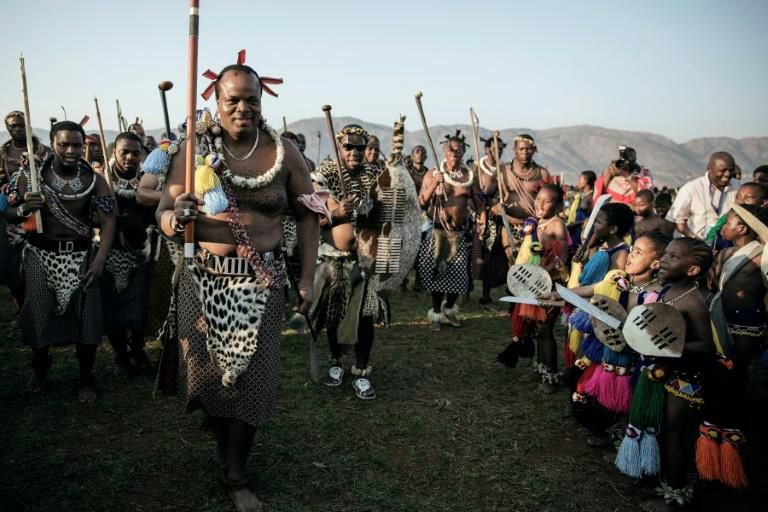
Eswatini is Africa's last absolute monarchy.
Political parties were banned in 1973, and while parliament exists, the King retains ultimate executive, legislative, and judicial power, ensuring that leadership changes occur only through hereditary succession.
Kazakhstan (2 Heads of State)
Since the dissolution of the Soviet Union and its independence on December 16, 1991, Kazakhstan has been shaped by Nursultan Nazarbayev, who ruled for nearly thirty years.
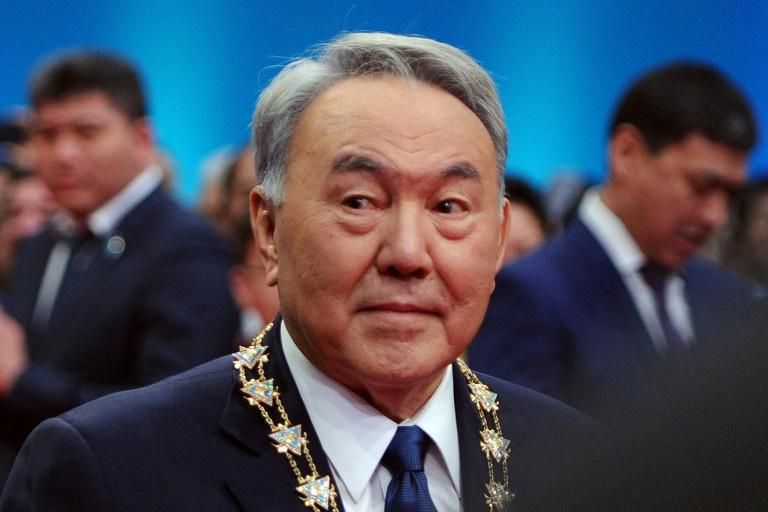
He resigned in 2019, orchestrating a controlled transfer of power to his loyalist, Kassym-Jomart Tokayev.
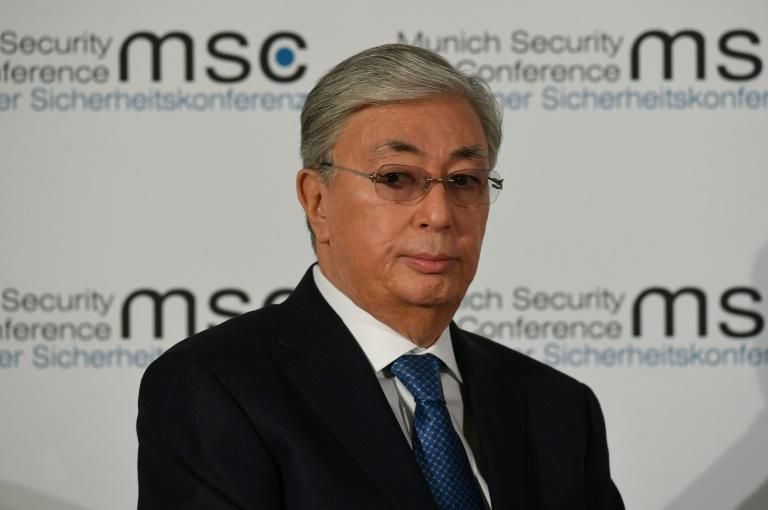
The continuity here was designed to ensure stability in the resource-rich nation, with the ruling party maintaining a firm grip on the electoral process to prevent unexpected political shifts.
Angola (3 Heads of State)
Since independence on November 11, 1975, Angola has been ruled exclusively by the People's Movement for the Liberation of Angola (MPLA).
The first president, Agostinho Neto, died in office in 1979.

He was succeeded by José Eduardo dos Santos, who ruled for 38 years, overseeing the end of the civil war and an oil boom.
)
He stepped down in 2017, handing power to João Lourenço.
)
The low turnover is due to the MPLA’s entrenched dominance over the state apparatus and the military, making it difficult for opposition parties to gain a foothold.
Zimbabwe (3 Heads of State)
Zimbabwe gained independence on April 18, 1980, with Canaan Banana serving as the ceremonial Head of State while Robert Mugabe held executive power as Prime Minister.
)
In 1987, the constitution was amended, and Robert Mugabe became the Executive President, a post he held for thirty years.
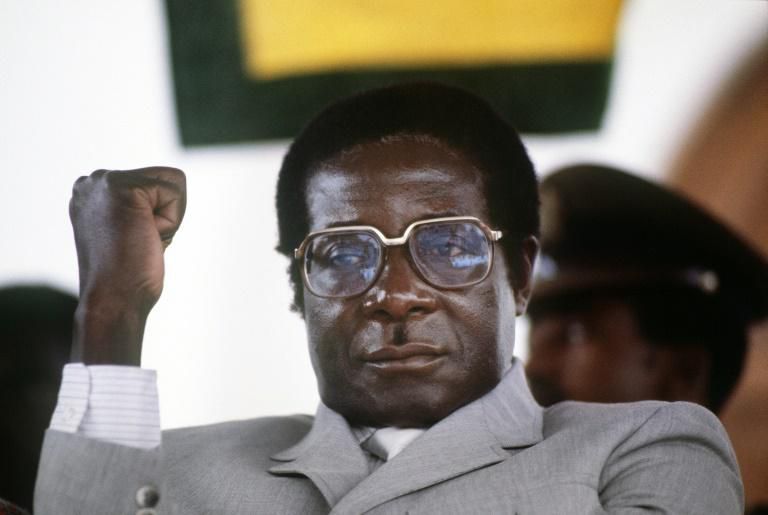
His refusal to relinquish power and the suppression of political opposition kept the number of leaders low.
He was eventually ousted in 2017, leading to the presidency of Emmerson Mnangagwa.
)
The dominance of the ZANU-PF party has ensured that all three leaders have come from the same political entity.
United Arab Emirates (3 Heads of State)
The UAE is a federation of hereditary monarchies, but it has a single President of the Federation.
Since its formation on December 2, 1971, the presidency has been held by the rulers of the Emirate of Abu Dhabi.
Sheikh Zayed bin Sultan Al Nahyan served as the founding father until 2004.
)
He was succeeded by his son, Sheikh Khalifa bin Zayed Al Nahyan.
)
Following Khalifa's death in 2022, his brother Sheikh Mohamed bin Zayed Al Nahyan became the third president.
)
The stability is inherent in the federal constitution, which effectively reserves the presidency for the Al Nahyan family of Abu Dhabi.
Qatar (4 Heads of State)
Since independence on September 3, 1971, Qatar has been ruled by four Emirs from the Al Thani family.
Sheikh Ahmad bin Ali Al Thani was the first ruler, deposed in 1972 by his cousin Sheikh Khalifa bin Hamad Al Thani.
In 1995, Khalifa was deposed by his son, Sheikh Hamad bin Khalifa Al Thani, in a bloodless coup.
Hamad later abdicated voluntarily in 2013 in favour of his son, the current Emir Sheikh Tamim bin Hamad Al Thani.
While the number is higher than others on this list, the transitions have remained strictly within the royal family, driven by internal restructuring rather than democratic elections.
)
)
)
)
)
)
)
)
)
)
)
)
)
)
)
)
)
)